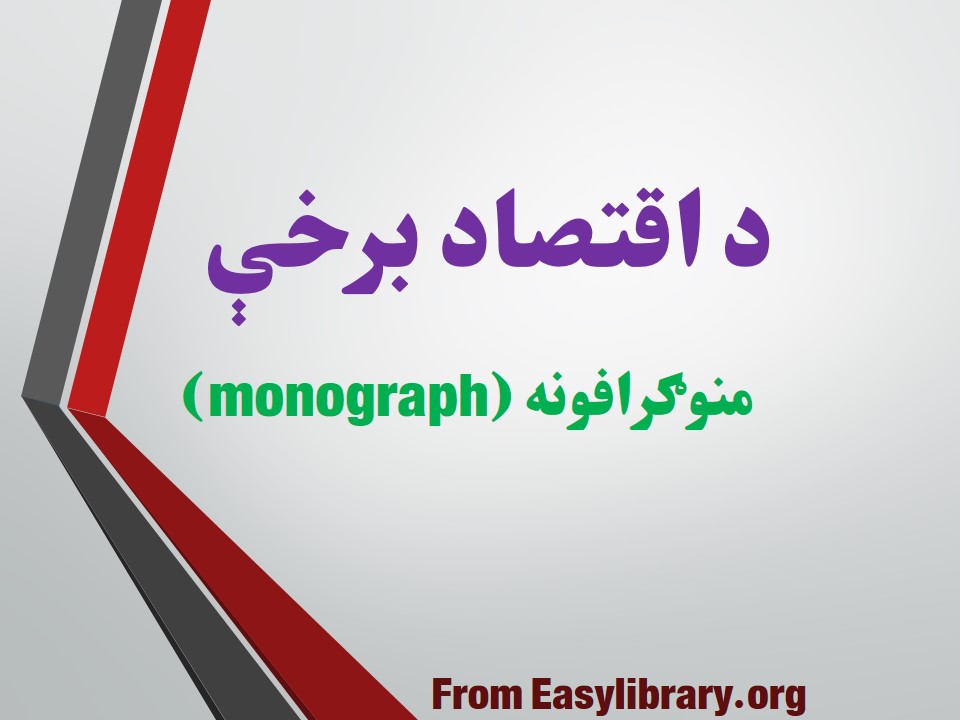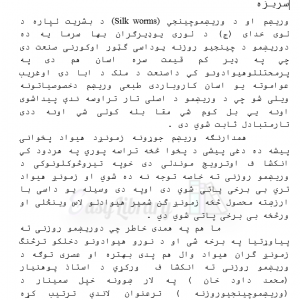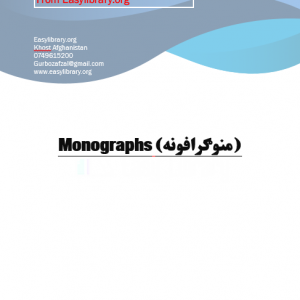About ( دمحاسبې دوران ): You can read short details of the book above. If You want to get the book ( دمحاسبې دوران ), than just click on DOWNLOAD FREE Bottom, wait and the download will start to your Mobile/PC.
More from Easylibrary.org: د مکتب نصاب کتابونه, Afghanistan Provinces & Districts Maps (Pdf)
Quotes
Promoting economic development, alleviating poverty, and fostering sustainable growth are complex challenges that require a comprehensive understanding of economic theories and strategies. Here, I’ll explore some key theories and strategies employed in developing countries:
1. Import Substitution Industrialization (ISI):
- Theory: ISI advocates for the domestic production of goods that were previously imported to reduce dependency on foreign imports and promote industrialization.
- Strategy: Governments implement protective measures such as tariffs, subsidies, and trade restrictions to nurture domestic industries and create employment opportunities.
2. Export-Oriented Industrialization (EOI):
- Theory: EOI focuses on promoting exports as a means of driving economic growth and development.
- Strategy: Governments provide incentives like tax breaks, export subsidies, and infrastructure development to encourage businesses to produce goods for export markets. This strategy aims to attract foreign investment, generate foreign exchange, and spur economic growth through increased exports.
3. Human Capital Development:
- Theory: Human capital theory emphasizes investment in education, healthcare, and skill development to enhance productivity and promote long-term economic growth.
- Strategy: Governments allocate resources to improve access to quality education and healthcare services, provide vocational training programs, and invest in research and development to build a skilled workforce capable of contributing to economic development.
4. Microfinance and Entrepreneurship Development:
- Theory: Microfinance initiatives aim to provide financial services, including small loans and savings accounts, to low-income individuals and entrepreneurs who lack access to traditional banking services.
- Strategy: Microfinance institutions offer microcredit and technical assistance to aspiring entrepreneurs, particularly women and marginalized communities, to start or expand small businesses. This strategy fosters entrepreneurship, empowers individuals, and stimulates local economic development.
5. Sustainable Development Goals (SDGs):
- Theory: The SDGs, established by the United Nations, provide a framework for addressing global challenges, including poverty, inequality, environmental degradation, and climate change.
- Strategy: Governments, international organizations, and civil society collaborate to implement policies and initiatives aimed at achieving the 17 SDGs by 2030. These include poverty reduction programs, environmental conservation efforts, access to clean water and sanitation, renewable energy adoption, and inclusive economic growth strategies.
6. Foreign Aid and Development Assistance:
- Theory: Foreign aid and development assistance provide financial resources, technical expertise, and capacity-building support to developing countries to address development challenges.
- Strategy: Donor countries, multilateral organizations, and non-governmental organizations (NGOs) allocate funds for projects and programs focused on infrastructure development, healthcare, education, agriculture, and governance reforms. This assistance aims to alleviate poverty, improve living standards, and promote sustainable development.
7. Inclusive Growth and Poverty Alleviation:
- Theory: Inclusive growth emphasizes equitable distribution of income and opportunities to ensure that economic benefits reach all segments of society, particularly the poor and marginalized.
- Strategy: Governments implement social protection programs, such as cash transfers, food subsidies, and employment guarantee schemes, to provide a safety net for vulnerable populations and reduce poverty. Policies promoting inclusive education, healthcare access, land reforms, and gender equality also contribute to poverty alleviation and social inclusion.
In conclusion, promoting economic development, poverty alleviation, and sustainable growth in developing countries requires a multifaceted approach that addresses structural challenges, fosters human capital development, promotes entrepreneurship, and embraces sustainable development principles. Collaboration among governments, international organizations, civil society, and the private sector is essential to implement effective strategies and achieve meaningful progress towards sustainable development goals.
Read more: Afghanistan Jobs , Articles ,+Publish your Books







Reviews
There are no reviews yet.